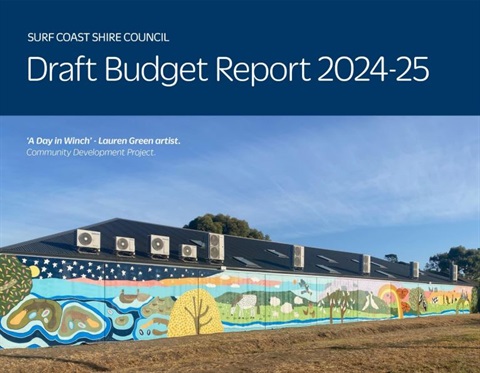
Jess Darbey has suffered the pain of multiple premature births, but she is now confident of safely having more children thanks to an Australian-first procedure performed at St Andrew’s Toowoomba Hospital.
Mrs Darbey was the first woman to undergo the robotically-assisted gynaecological surgery at the south Queensland private facility, to correct a condition known as “cervical insufficiency”.
When the cervix dilates spontaneously, babies are born premature – but the robotic cervix cerclage procedure ensures they are carried to term.
Using the Da Vinci robotic system, surgeons can operate in the difficult-to-access lower pelvis through tiny incisions and 3D imaging, tying the cervix with special surgical tape. Previously they had to suture the cervix via the vagina with more invasive, less accurate laparoscopy methods.
“The benefits to patients using this technology includes less pain, faster recovery, reduced scarring and less risk of infection,” said Dr Anthony Cerqui, who performed the surgery along with colleague Brendan Miller after both trained to learn the technique in South Korea and Sydney.
“Typically a patient who has undergone a gynaecology procedure using robotic assisted surgery can expect a shorter hospital stay, faster return to normal daily activities and less risk of complications,” Dr Cerqui added.

Mrs Darbey and her husband Kendall, from the town of Dalby in the Darling Downs region, are hoping to give their daughters Peyton and Amity a new sibling.
“Dr Cerqui had been caring for me for many years, so I felt confident to be the first patient to undergo the procedure as I am keen to be able to carry my next baby safely to full term,” the 30-year-old said.
St Andrew’s Toowoomba chief executive Ray Fairweather said the procedure marked “an extremely exciting move forward for medical treatment in regional Australia”.
The hospital invested $2.6 million in the Da Vinci technology in 2014, initially for urology procedures and then expanded to ear, nose and throat. In the past two years, specialists have used it to treat a wide range of gynaecological conditions, including endometriosis and hysterectomies, and now it can help patients who have experienced miscarriages or premature births.
“Robotic surgical procedures are the way of the future,” Mr Fairweather said. “We made this significant investment to ensure that patients in the region receive the very latest surgical treatment available.”








